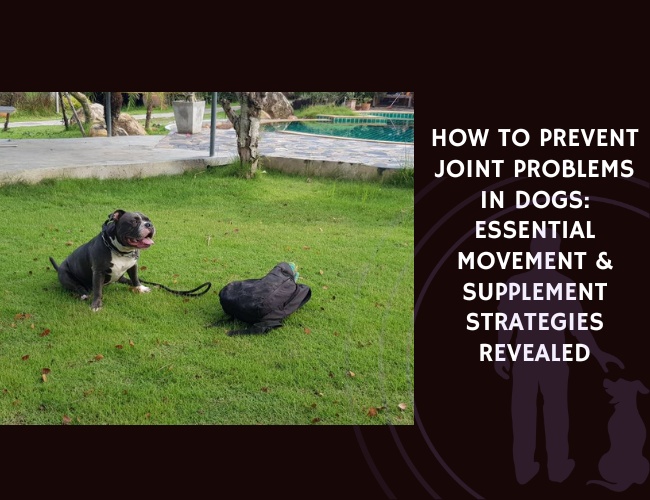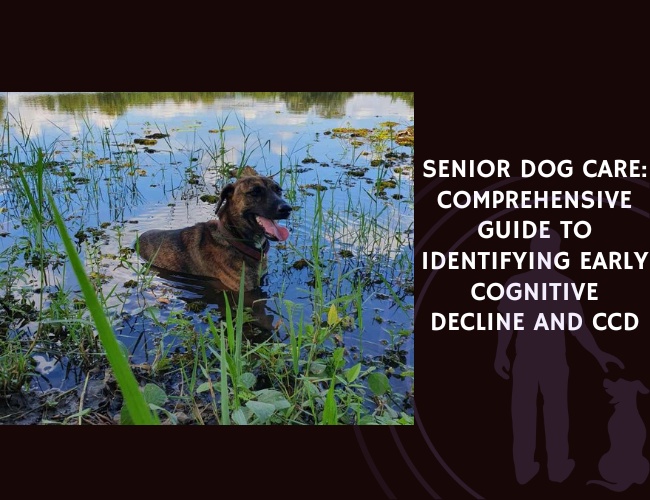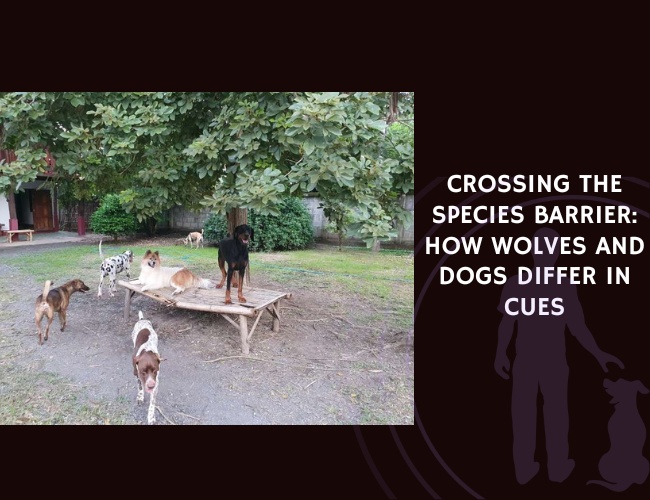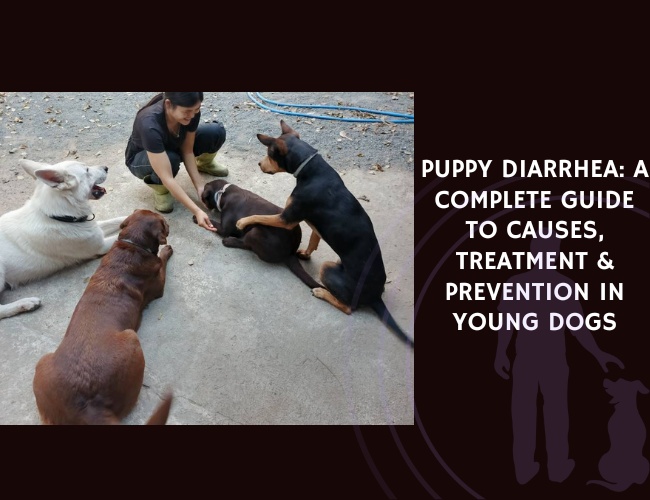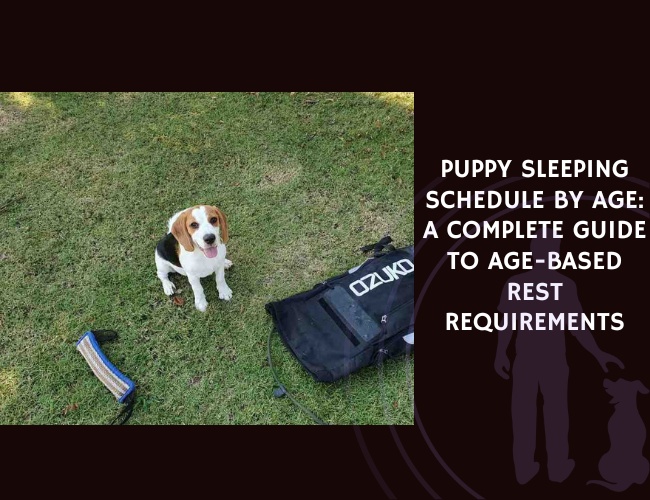Understanding the Basics of Canine Communication
Dogs communicate through a rich and complex array of channels, including body language, vocalizations, and social cues. Understanding these forms of communication is essential for developing a deeper bond with your dog and ensuring their well-being.
Multiple Channels of Communication
Dogs utilize a combination of body language, vocal sounds, and various social cues to convey messages. Recognizing these signals can help you interpret what your dog is trying to tell you.
- Body Language: Dogs use their bodies to express a wide range of emotions and reactions. Tail position and movement can indicate excitement, curiosity, fear, or aggression. The positioning of the ears and the way a dog holds its head can also provide insights into their current emotional state. For instance, a relaxed dog may have a loose body and wagging tail, whereas a stressed or fearful dog might have a stiff posture and tucked tail.
- Vocalizations: Dogs communicate through barking, whining, growling, and other vocal sounds. Each type of vocalization can have different meanings depending on the context. For example, a bark can signal alarm, excitement, or a desire for attention, while a whine might indicate discomfort or a need for something.
- Social Cues: Dogs also rely on social cues both within their interactions with other dogs and with humans. Play bows, where a dog lowers the front part of their body while keeping their rear end up, signal that they want to engage in play. Similarly, nose-to-nose greetings are a way for dogs to gather information about each other and establish social bonds.
Recognizing Multifunctional Behaviors
Dog behaviors are multifunctional, serving various communicative roles. It’s crucial to consider the context in which a behavior occurs to understand its true meaning.
- Tail Wagging: While a wagging tail is often associated with happiness, it can also signify other emotions. The speed and direction of the wag can indicate different intentions. A slow wag might suggest uncertainty, while a fast, wide wag typically indicates excitement or friendliness.
- Growling: Growling is commonly perceived as a sign of aggression, but it can also be a warning or a response to fear or pain. Understanding the context and accompanying body language can help determine the reason behind the growl.
- Licking: Dogs lick for various reasons, including showing affection, easing stress, or investigating something of interest. A dog licking its owner’s face may be demonstrating love and submission, whereas licking an object might indicate curiosity or anxiety.
Processing Human Speech and Intonation
Dogs have an extraordinary ability to process and respond to human speech and intonation. They can differentiate between words and the emotional tone of voice used by their owners.
- Word Recognition: Studies have shown that dogs can understand a range of human words, especially ones associated with commands or rewards. Words such as “sit,” “stay,” and “walk” are often understood even if spoken by different people.
- Intonation: The tone and pitch of your voice significantly affect how dogs interpret spoken words. A higher-pitched voice typically conveys warmth and excitement, encouraging positive behavior. Conversely, a lower, more stern tone can signal displeasure or the need for caution.
- Contextual Learning: Dogs use contextual learning to associate specific phrases and tones with outcomes. For example, a cheerful “good boy” followed by a treat reinforces positive behavior, whereas a firm “no” helps dogs understand limits and boundaries.
Understanding the multifaceted ways in which dogs communicate enhances our ability to connect with them on a deeper level, promoting trust and mutual respect. As we delve deeper into canine communication, it’s important also to appreciate the role of play behavior in their social interactions and development.
The Complex Nature of Play Behavior
Play as a Form of Serious Communication and Social Bonding
Play behavior in dogs is often perceived as mere fun and games, but it serves a critical role in canine communication and social bonding. Through play, dogs engage in complex interactions that allow them to establish social hierarchies, express affection, and develop trust with both canine and human companions. This process starts early in a dog’s life and continues to be a vital part of their social structure throughout their lives.
During play, dogs exhibit a range of behaviors such as chasing, wrestling, and fetching, each carrying specific meanings and purposes. These interactions are multifaceted and help dogs to understand their place within the group. By participating in play, dogs learn the boundaries of acceptable behavior, which subsequently helps in reducing conflicts and fostering a harmonious environment.
How Play Behaviors Contribute to Conflict Resolution
Conflict resolution is an integral aspect of play behavior in dogs. When dogs engage in play, it provides them with a controlled environment to practice and refine their communication skills. For instance, a puppy play-biting its littermates learns to modulate its bite strength, understanding what is too gentle or too rough. This modulation is crucial as it helps the puppy to develop bite inhibition, a key factor in preventing aggressive disputes.
Moreover, play allows dogs to experience and react to different social cues, which builds their capability to handle real-life confrontations better. Through mock fights and play bows—where a dog lowers its front legs while keeping its rear end raised, signaling a non-threatening invitation to play—dogs can de-escalate potential conflicts before they escalate into serious aggression. Play thus serves as a rehearsal ground for appropriate social behavior, ultimately contributing to a more stable social structure.
The Role of Body Language and Non-Verbal Cues During Play Interactions
Body language and non-verbal cues are pivotal in canine play, acting as the primary means of communication among dogs. Understanding these cues can provide valuable insights into a dog’s emotional state and intentions.
Key body language signals include:
- Play Bow: A clear invitation to play. It indicates excitement and a willingness to engage in friendly interaction.
- Tail Wagging: Although wagging can have different meanings depending on the context, a loose and wide wag typically signifies a dog’s happiness and readiness to play.
- Bouncing Movements: High-energy, bouncing motions demonstrate a dog’s enthusiasm and encourage others to join in the play.
Non-verbal cues extend beyond these observable actions. Dogs rely heavily on subtle eye movements, ear positioning, and overall posture to convey trust, submission, or dominance during play sessions. Recognizing these cues is essential for both dog owners and other dogs in interpreting the play’s flow and ensuring it remains a positive experience.
Observing these signals during canine interactions sheds light on when play might be getting too intense and provides opportunities for timely intervention. This constant feedback loop ensures that play remains a constructive and enjoyable activity for all involved.
As we move forward, it is crucial to acknowledge that understanding your dog’s play behavior goes beyond recognizing these signals. It involves actively participating in and encouraging healthy play to enrich your dog’s social and emotional well-being.
Given this foundational knowledge of the importance and complexity of play behavior, we are rightfully prepared to explore further into the developmental stages of canine communication and how these early play experiences shape future interactions.

Developmental Stages of Communication
The Evolution from Instinctual Play to Conscious Communication in Puppies
From the moment they are born, puppies engage in various forms of instinctual play. This behavior, inherited from their wild ancestors, is critical for survival, teaching young dogs the skills needed for hunting, social interaction, and self-preservation. However, as puppies grow, their play evolves into more complex forms of communication. This evolution marks a transition from simple, instinctual behaviors to sophisticated, conscious interaction.
Instinctual play is characterized by activities such as wrestling, chasing, and gentle biting. These behaviors help puppies understand their physical boundaries and develop coordination and strength. Over time, these play activities become more refined, and puppies begin to recognize and respond to subtle cues from their littermates and other dogs. They start to learn the consequences of their actions and adjust their behavior accordingly. For instance, a puppy who bites too hard during play might receive a correction, teaching them to be gentler next time.
How Environmental Learning Shapes Communication Patterns
Puppies’ communication skills do not develop in isolation. Their environment plays a crucial role in shaping how they interact with others. Positive social experiences with humans, other dogs, and even different animal species can significantly enhance a puppy’s ability to communicate effectively.
For example, a puppy raised in a nurturing environment with ample opportunities for socialization is more likely to develop a broad range of communication skills. Such experiences teach puppies to read social cues and adapt their behavior based on the context. Encounters with different types of individuals, such as children, older adults, and various dog breeds, enrich a puppy’s understanding of appropriate communication behaviors. This environmental learning is essential for fostering well-rounded, socially adept dogs.
Conversely, a lack of socialization or exposure to negative experiences can hinder a puppy’s communication development. Dogs that are not adequately socialized may struggle to understand and respond to social cues, leading to issues such as anxiety or aggression. Therefore, providing a nurturing and varied environment is crucial for developing healthy communication patterns in puppies.
The Development of Social Cue Interpretation Abilities
As puppies mature, their ability to interpret social cues becomes more sophisticated. This development is a gradual process influenced by both genetic predispositions and environmental factors. During the early weeks of life, puppies primarily rely on basic forms of communication such as body language and vocalizations to interact with their mother and littermates.
As they grow older, puppies begin to understand more complex social signals. They learn to interpret a variety of cues, including:
- Facial Expressions: Understanding different facial expressions helps puppies gauge the emotional state of humans and other animals. For example, a relaxed face indicates friendliness, while a tense expression may signal aggression or distress.
- Body Postures: Puppies learn to recognize body postures that indicate playfulness, such as the play bow, as well as those that signal dominance, submission, or fear.
- Vocalizations: Different types of barks, growls, and whines convey specific messages. Puppies learn to associate these sounds with particular contexts and emotions.
Through these interactions, puppies develop a repertoire of social cues that they use to navigate their social environment. This ability to interpret and respond to social signals is critical for establishing and maintaining healthy relationships with both humans and other dogs.
As puppies grow into adulthood, their communication skills continue to evolve, laying the groundwork for strong, positive interactions throughout their lives. Understanding the developmental stages of communication in puppies is fundamental for fostering effective communication and ensuring the well-being of our canine companions.
Through careful observation and nurturing, we can support puppies in their journey from instinctual play to conscious, sophisticated communication.
Reading and Responding to Social Signals
The ability to effectively read and respond to a dog’s social signals is paramount for fostering a healthy and trusting relationship. Dogs, much like humans, rely heavily on social cues to navigate their world. These cues range from subtle changes in body language to more overt actions. Understanding and properly interpreting these signals can help in preventing misunderstandings and in reinforcing positive interactions.
Identifying and Interpreting Different Types of Social Cues
Dogs utilize a variety of social cues to communicate their intentions, emotions, and needs. These cues can be categorized into body language, facial expressions, vocalizations, and overall behavior. Mastering the interpretation of these cues is crucial for any dog owner.
Body Language
Body language in dogs is a primary form of communication. Key indicators to watch for include:
- Tail Position: A high, wagging tail generally suggests happiness or excitement, whereas a low, tucked tail often indicates fear or submission.
- Ear Position: Erect ears can indicate alertness or interest, while ears pressed back against the head could signal fear or aggression.
- Posture: A relaxed body posture usually means the dog is comfortable, while a stiff, tense posture may indicate dominance, fear, or aggression.
Facial Expressions
Facial expressions offer significant insight into a dog’s emotional state:
- Eyes: Soft, relaxed eyes usually convey calmness, whereas wide eyes showing the whites can be a sign of anxiety or fear.
- Mouth: A relaxed mouth, often slightly open or with a loose tongue, typically indicates a relaxed dog. A closed mouth, lips pulled back, or showing teeth may suggest distress or aggression.
Vocalizations
Dogs use a range of vocalizations to communicate:
- Barking: Can signify excitement, alerting, or attention-seeking, but the context and tone matter greatly.
- Growling: Indicates discomfort, fear, or a warning. It is essential to address the cause rather than punish the growl.
- Whining: Often a sign of submission, anxiety, or a request for attention.
The Importance of Proper Response to Maintain Healthy Communication
Observing and interpreting your dog’s social signals is only half the battle; responding appropriately is equally vital. A proper response helps in maintaining healthy communication and reinforces the trust between you and your dog.
Consistency and Timing
Consistency and timing in your responses are critical. Dogs thrive on routine and predictability. Consistent responses to their behaviors help them understand what is expected of them. Rewards and corrections need to be timely to be effective, as dogs associate actions closely with immediate outcomes.
Positive Reinforcement
Positive reinforcement, such as praise, treats, or affection, encourages the repetition of desirable behaviors. When your dog displays positive social cues, reinforcing these behaviors will promote a healthier and more communicative relationship.
Addressing Negative Behavior
Addressing negative behavior should be done calmly and assertively. Understanding the root cause—whether fear, anxiety, or misunderstanding—is essential for appropriate intervention. Redirecting negative behavior to a positive action and reinforcing that behavior can foster better communication.
How Social Signals Contribute to Group Dynamics and Trust
Social signals are integral to group dynamics, both within canine packs and in human-dog interactions. Properly interpreting and responding to these signals can fortify trust and cooperation.
Establishing Roles
Through social cues, dogs establish and maintain roles within their groups. Dominant or submissive behaviors, play-bowing, and other submissive gestures help establish and reinforce these roles, ensuring harmony and reducing conflicts.
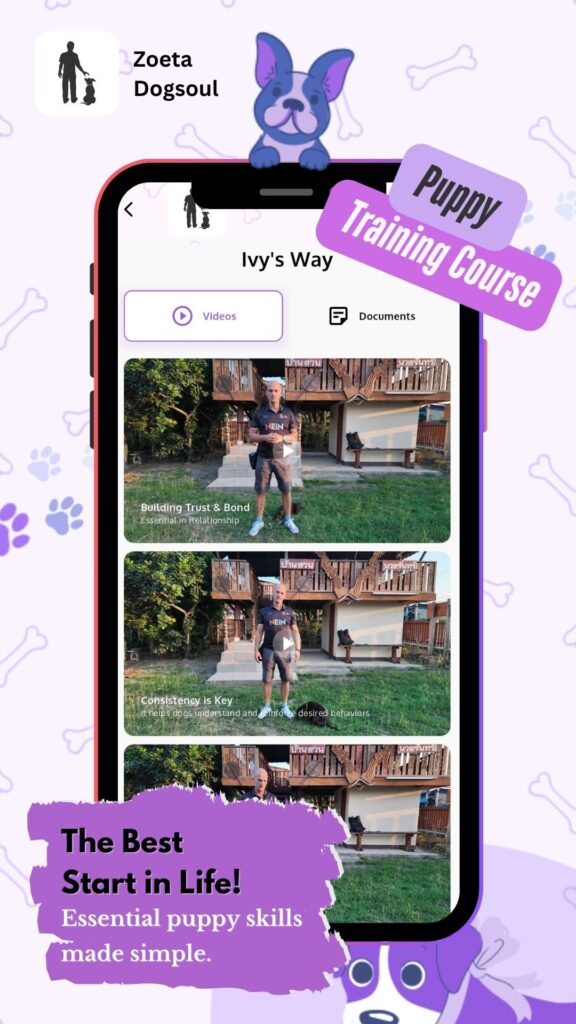
Building Trust
Trust is built incrementally through consistent and positive interactions. By reliably interpreting and responding to your dog’s social signals, you create a safe environment where your dog feels understood and respected. This trust paves the way for successful training and a stronger bond.
As we continue to explore canine communication, understanding the development of these social cues from an early age provides us with deeper insights into nurturing effective interactions throughout a dog’s life stages.
Building Better Communication with Your Dog
Effective communication with your dog is essential for fostering a strong, trusting relationship. By adopting strategies that consider your dog’s natural modes of communication, you can enhance your interactions and ensure that both you and your dog understand and respond to each other effectively.
Practical Tips for Improving Human-Dog Communication
To communicate effectively with your dog, it’s important to understand the nuances of canine communication and adopt techniques that resonate with their instincts and learning patterns.
- Use Clear Signals: Dogs rely heavily on body language. Use consistent and clear gestures to accompany verbal commands, ensuring your dog can comprehend the full context of your instructions. For example, when teaching the “sit” command, use a specific hand signal each time.
- Positive Reinforcement: Reward-based training encourages good behavior through the use of treats, praise, or play. This method reinforces the desired actions and helps your dog make positive associations with specific behaviors. Always reward your dog immediately to create a direct link between the behavior and the reward.
- Consistency is Key: Consistency in commands, signals, and routines helps your dog understand expectations. Ensure all family members use the same commands and rewards system. For instance, if one person uses “down” and another uses “lie down” for the same action, it may confuse the dog.
- Patience and Repetition: Dogs thrive on repetition and patience. Training sessions should be short, frequent, and positive. Gradual repetition helps reinforce learning and makes it easier for your dog to remember and perform commands correctly.
Understanding the Role of Consistency in Communication
Consistency is a fundamental element in effective communication with your dog. Dogs learn through patterns and repetition, and consistent communication helps solidify these patterns.
- Routine Establishment: Develop and stick to a daily routine that includes regular feeding times, walks, play, and rest. A predictable routine provides structure and helps your dog understand expectations.
- Consistent Commands and Responses: Use the same commands and reactions every time. Consistency ensures that your dog clearly understands what is expected and what behaviors are being reinforced.
- Behavioral Consistency: Address undesirable behaviors consistently. If a specific behavior is not allowed, ensure it is consistently discouraged each time it occurs. For example, if jumping on furniture is not permitted, make sure this rule is enforced uniformly across all interactions.
Recognizing and Responding to Your Dog’s Individual Communication Style
Each dog has a unique way of communicating, shaped by their breed, personality, and experiences. Recognizing and adapting to your dog’s specific communication style can enhance your bond.
- Observe Body Language: Pay attention to your dog’s body language, including tail position, ear placement, and overall posture. These cues offer insight into their emotional state and intentions.
- Understand Vocalizations: Dogs use a range of vocalizations to express themselves. Recognize the difference between barks, growls, whines, and howls to respond appropriately. For example, a low growl might indicate discomfort or fear, whereas a high-pitched bark could signify excitement.
- Adapt to Preferences: Tailor your approach to suit your dog’s preferences. Some dogs may respond better to verbal praise, while others might be more motivated by treats or toys. Pay attention to what excites and motivates your dog, and use those cues to reinforce behavior positively.
- Consistency in Interaction: Maintain a consistent approach in how you interact with your dog. Changing your tone or behavior unpredictably can confuse your dog and hinder effective communication.
By implementing these strategies, you can build a stronger relationship with your dog that is based on trust, understanding, and mutual respect. Effective communication is a two-way street that involves both interpreting your dog’s signals and conveying your expectations clearly.
In fostering a strong dynamic, it’s important to remember that communication goes beyond basic commands. It involves reading and responding to your dog’s cues and ensuring that each interaction contributes to a positive and trusting relationship.

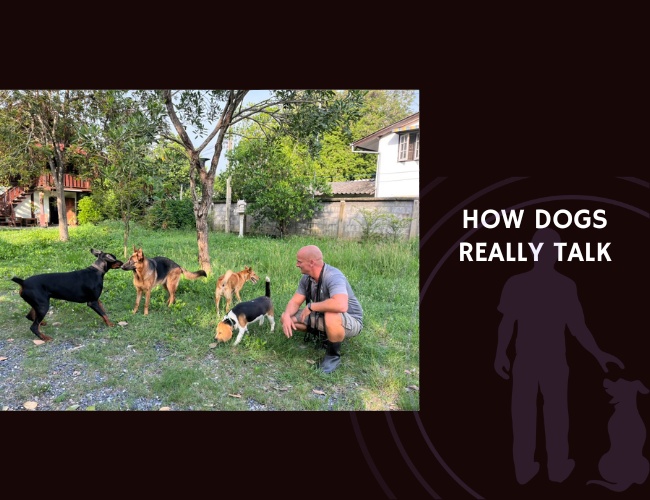
 Looking to go deeper into dog training?
Looking to go deeper into dog training? Dog Behavior
Dog Behavior Dog Training
Dog Training Dog Nutrition
Dog Nutrition Health & Wellbeing
Health & Wellbeing Dog Entertainment
Dog Entertainment Dog Breeds
Dog Breeds Who is my Dog
Who is my Dog